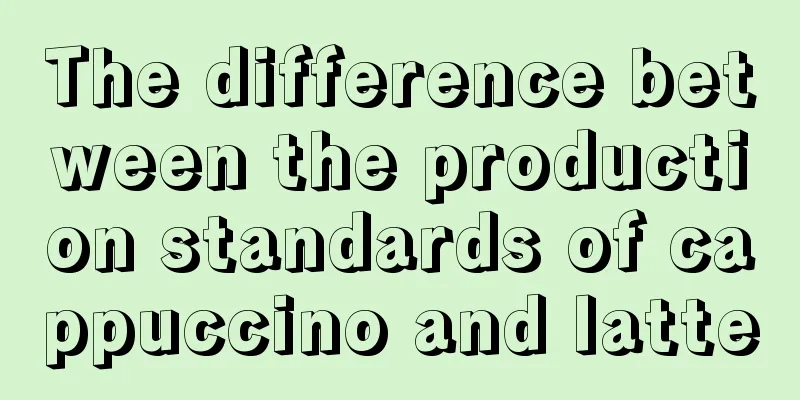How many pounds of coffee beans per bag

Comparing the advantages and disadvantages of different coffee bean packaging specificationsChoosing the right coffee bean packaging size can significantly affect your coffee experience. 250-gram packages are usually suitable for occasional coffee drinkers. The advantages are convenient storage, reduced waste, and the ability to try different types of coffee beans. However, frequently purchasing small packages may result in higher unit prices. The 500g package is a balanced choice, suitable for most families. Its advantage is that the unit price is relatively low, suitable for regular drinking and does not require frequent purchase. However, it should be noted that the 500g coffee beans should be properly stored after opening, otherwise the freshness may be affected. 1 kg packaging is suitable for users who consume in large quantities or for commercial purposes. Its main advantage is that it is cost-effective and economical in the long run. However, larger packaging may not be flexible enough for consumers who drink occasionally, and once opened, it also requires higher freshness. Each packaging specification has its own specific advantages and disadvantages. Consumers can choose the most suitable packaging according to their needs, budget and consumption frequency, thereby optimizing the purchasing experience and avoiding waste. Market trends and future innovations in coffee bean packagingIn recent years, the coffee bean packaging market has been undergoing rapid changes, and one of the main trends is the rise of environmentally friendly packaging. Consumers' increasing attention to sustainable development has driven many brands to adopt recyclable or degradable materials. This trend not only meets environmental protection requirements, but also enhances the brand's market competitiveness. In addition, smart packaging technology is becoming a new development direction. Some companies have begun to launch packaging with built-in sensors that can monitor the freshness and storage environment of coffee beans, thereby reminding consumers when to use or replace coffee beans. This technology not only improves product quality assurance, but also brings a smarter user experience. In the future, we may see more personalized and customized packaging options. As consumers' demand for personalization increases, brands may offer more customized packaging designs to meet the preferences of individual consumers. In addition, the trend of on-demand production and small-batch customization may also develop further to meet more refined market needs. In general, the market trend of coffee bean packaging is moving towards environmental protection, intelligence and personalization. These innovations not only respond to consumers' demand for sustainability and personalization, but also promote the overall progress of the industry. |
<<: How coffee beans turn into powder
>>: What else are coffee beans called?
Recommend
Light roast vs dark roast: The difference between coffee beans
introduction Coffee is one of the most popular be...
Where is the best place to buy coffee beans?
Coffee beans are an important raw material for ma...
What are coffee beans used for?
The origin and classification of coffee beans Cof...
Five major coffee bean producing regions
Overview of Global Coffee Bean Producing Areas Co...
Nestle coffee drinks, explore its unique charm and benefits
Nestle coffee drinks are popular for their unique...
Detailed tutorial on making hand-poured coffee
Detailed tutorial on making hand-poured coffee Po...
Sugar-free black coffee: the best choice ranking center
Sugar-free black coffee: the best choice ranking ...
Coffee Bean Classification and Differences: Learn about the Different Types of Coffee Beans
Coffee beans classification and differences Coffe...
In-depth analysis of Malaysian coffee brands
Analysis of Malaysian coffee brands: Malaysia is ...
Coffee + milk + honey, 3 steps to make your own latte! – Xigua Video
Log in to enjoy more features...
Three-in-one coffee rankings, exploring the best taste
The 3-in-1 Coffee Ranking brings together coffees...
Latte coffee, exploring the origin and charm behind English
Latte coffee originated in Italy. Latte in Englis...
Coffee bean prices soar
The impact of climate fluctuations on coffee bean...
How to easily make a rich caramel latte at home
How to easily make a rich caramel latte at home T...
Delonghi coffee machine milk frothing tutorial, make your coffee journey smoother
This article introduces how to use Delonghi coffe...









